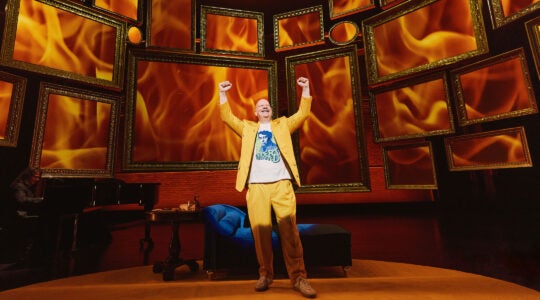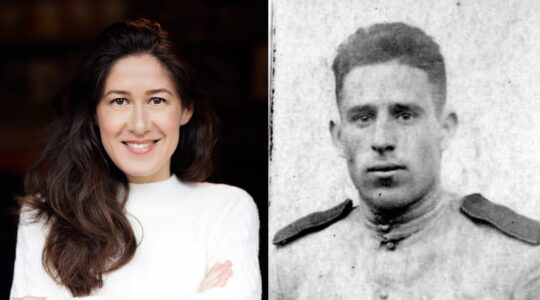If the grassroots, hyper-local, small-batch movement were to have a home base, a strong argument could be made that it would be found in Brooklyn. And along with artisanal mayonnaise and house-made pickles, secular-leaning Jewish Brooklynites now have the option to partake in hyper-local Judaism.
To be sure, Judaism has long revolved around the quintessential model of the hyper-local community: the synagogue, and Brooklyn is replete with Orthodox shtiebels and grassroots minyanim. But for those more on the Reform/secular end of the spectrum, options usually consist of joining a large congregation or participating in events at one of Brooklyn’s large Ys.
What’s more, some of the fastest growing neighborhoods for liberal Jews — Downtown Brooklyn, Gowanus, Bed-Stuy — have nary a Jewish organization to be found, except for a scattering of Chabad outposts, according to Rabbi Andy Bachman.
Into this void, steps JCC Brooklyn, a project of the Kings Bay Y. While this venerable YWHA/YMHA has served the Sheepshead Bay area in South Brooklyn for nearly four decades, several years ago it began opening storefront outposts, first in Windsor Terrace, then in North Williamsburg and this past fall in Clinton Hill, with seed funding from UJA-Federation of New York.
“There’s a great hunger out there for Jewish connection and community connection.”
Rabbi Bachman, who two years ago left the helm at Park Slope’s Congregation Beth Elohim, this week announced that he will join the Kings Bay Y full time to co-direct JCC Brooklyn along with Kings Bay Y executive director Leonard Petlakh.
“For the past several years, we have been talking strategically about ways that we can reach this very, very large number of Jews who are in areas where there really is no Jewish infrastructure,” Rabbi Bachman told The Jewish Week. “It’s clear that when you take resources to people they’re very happy to be engaged … there’s a great hunger out there for Jewish connection and community connection.”
There’s also a hunger for local experiences, he said. “I’ve seen over the arc of my own career that the local has truly become privileged,” he said. “People are looking for smaller more intimate connections, people find a lot of meaning and fulfillment in smaller micro-communities.”
The storefront JCCs are rented, not owned, so that the network can be responsive to demographic changes, said Caryn Roman, who directs the Clinton Hill site. They don’t have any of the health club aspects of a traditional Y, no pool, or weight room or exercise classes — “Why should we compete with Soul Cycle?” Petlakh points out. Instead what they offer are the basics that a young Jewish family is looking for: daycare, preschool, day camp, tot Shabbat, holiday parties and the like.
“People are looking for smaller more intimate connections, people find a lot of meaning and fulfillment in smaller micro-communities.”
“It definitely allows for really deep relationship building and community building,” Roman said. “Rather than operating on a membership model, people are coming [only] for what they want and need and are often finding much more. They come in for childcare but then they meet other Jewish families.”
“The most popular are programs for something for families to do together,” she added. “We’re seeing huge response … [to events that] introduce them to Jewish food, to Jewish customs. Since we’ve started doing a weekly tot Shabbat, it’s in a 1,000 square-foot-room and it’s full. It’s a wonderful feeling of community.”
Petlakh said that the storefront, rather than large center, is also an issue of “simple economics.”
“The Jewish community cannot afford this edifice model,” he said. “I think at this point it behooves the Jewish community to invest in human resources, in quality educators and the human capital as opposed to those sort of edifice types of buildings and those shrines to Jewish existence where at the end of the day we all worry about the roof leaking and the mortgage not being paid on time.”
Rabbi Bachman agreed. “The model of the large JCC building comes out of the 1950s, 1960s model of suburban communities. In a place like Brooklyn, which is so spread out and so wide and each neighborhood has its own character and its own flavor, what we were really interested in was the ways in which we could help particular Jewish communities meet particular demands.
“We’re looking to reach people who are perhaps more secularly inclined,” he said, “more culturally inclined and still very strongly in need of and desiring of a Jewish connection.”
The New York Jewish Week brings you the stories behind the headlines, keeping you connected to Jewish life in New York. Help sustain the reporting you trust by donating today.




